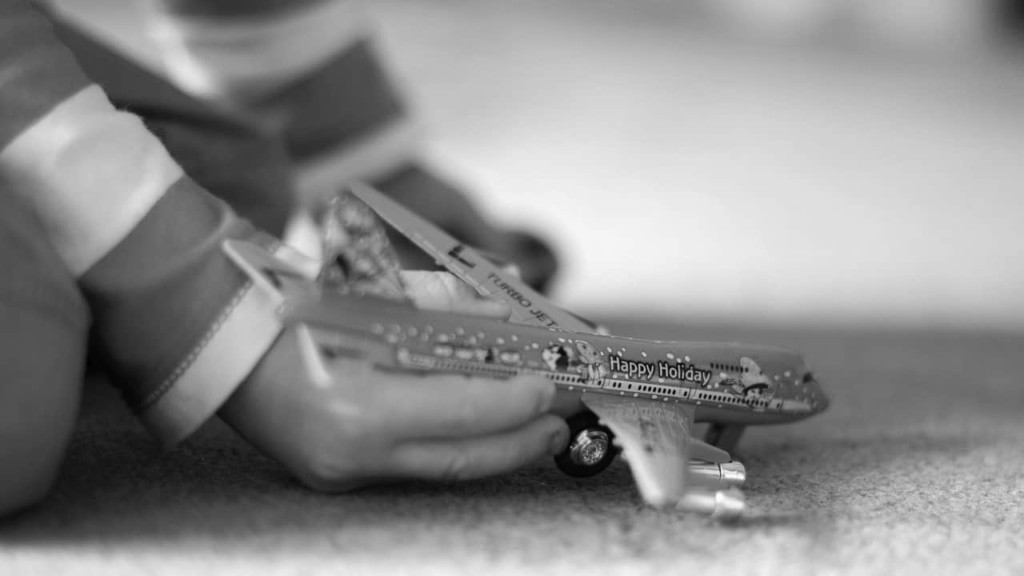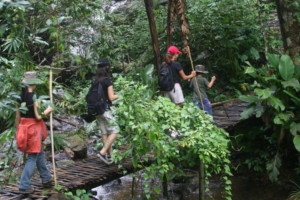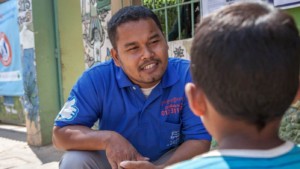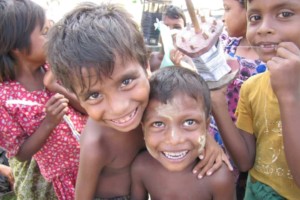How can travel & tourism protect children from sexual exploitation?

Jodie Spencer tells us why the travel & tourism industry has a crucial role to play in protecting children from sexual exploitation, outlines some of the local and global efforts to do just that, and suggests how we can all play our part.
Travel & tourism brings a great deal to local communities. It generates 10% of jobs worldwide, brings employment to rural and remote areas, and is a leading industry in gender equality, employing more women and young people than most other sectors. Tourism is growing year-on-year, however this rapid increase has not been matched with enhanced protection measures for children.
Traffickers see increased tourism as a chance to earn money from the sexual exploitation of children; a trend that is occurring around the globe. Here are two trending scenarios:
- In places where customers increasingly look for ‘authentic’ travel experiences, including homestays and village visits, children sometimes become the “tourist attractions” themselves and can be pulled out of school to entertain guests.
- To meet the growing demand for ‘voluntourism’, counterfeit orphanage businesses have been set up. These separate families with promises that children will be offered a quality education, but they are instead placed in facilities with a revolving door of unqualified and unchecked tourists, some of whom have malicious intent.
These travel & tourism trends, and others, place children at risk of sexual exploitation.
In response to the widespread and constantly evolving crime of the sexual exploitation of children, civil society organisations are teaming up. A multi-faceted crime requires a multi-stakeholder response, and this blog has been written to illustrate some of the ways in which child protection networks educate, design policy, and advocate for real change. The three examples included here demonstrate impact on the local level, global level, and across the private sector.
The Local Level: Community-based child protection networks
Child protection measures should not always come from above. Two local child protection networks — in Phuket, Thailand and Cancun, Mexico — are excellent examples of this. These projects, funded by TUI Care Foundation and the Dutch Ministry of Foreign Affairs, demonstrate the power of educating and empowering children; running sessions to teach vulnerable children about risks, their own rights, as well as giving them skills, access to schools, sport and recreation.
The 12 members of the Phuket network recently came together in an event at Jungceylon Mall (September 7 – 8, 2019) to raise awareness of child protection in travel & tourism to tourists and to share best practice between each other. The exhibition featured 12 booths, each hosted by a representative from a member of the local child protection network. ECPAT Foundation and The Code of Conduct for the Prevention of the Sexual Exploitation of Children (“The Code”) provided overviews of global measures. The Code had flyers with the Thai national emergency hotline (1300) for child protection and cards outlining the rights of children themselves. For Freedom International showcased the skills taught to re-empower victims of child sexual exploitation in the form of hair braiding and delicious cakes. Right to Play and SOS Children’s Village illustrated their use of sport and education for marginalised migrant children, with Good Shepherd Phuket providing information on how they protect and support children in the region.
The networks have also inspired collaboration beyond civil society organisations. The Jungceylon Mall exhibition was attended by senior law enforcement officials and the advisor to the Mayor of the District. Opening speeches called for collective action and speaking up against the sexual exploitation of children in travel & tourism. This is the multi-stakeholder teamwork needed to make a real difference to children’s lives; the kind of teamwork often demonstrated by the ECPAT International network.
The Global Level: ECPAT International
ECPAT International is a global network of 111 civil society organisations across 97 countries with one goal: eliminating the sexual exploitation of children. ECPAT has multiple programmes aimed at tackling all forms of sexual exploitation of children; including online child sexual exploitation, trafficking for sexual purposes, and the sexual exploitation of children in travel & tourism (SECTT).
If you want to know what a global network of organisations striving to end SECTT can achieve, look no further than “The Global Study”. The Global Study on Sexual Exploitation of Children in Travel and Tourism was the first ever consolidated effort to understand the global nature and scope of this crime. The Global Study on SECTT brought this gross violation of children’s rights into the light and set out recommendations that provide a “roadmap” to protect children. The implementation of these recommendations contributes to the achievement of Sustainable Development Goals targets 8.9 and 12b, which call for sustainable tourism development, and targets 5.2, 8.7, and 16.2, which aim to end child sexual exploitation.

Further alliances have been formed which continue to research, monitor and advocate for child protection measures. The Down to Zero Alliance combines the insights and expertise of civil society organisations (CSOs) from 11 countries with the aim of eliminating the exploitation of children, permanently. They have also produced important guidelines for multisector collaboration, notably on how CSOs and private sector companies can work together to eliminate the sexual exploitation of children. The private sector has a crucial role to play and has an amplified impact when companies work with the public sector and with each other, such as in membership organisations like The Code.
The Private Sector: The Code
The Code of Conduct for the Prevention of the Sexual Exploitation of Children (“The Code”) has been partnering with travel & tourism companies across the world to ensure a zero-tolerance policy towards the sexual exploitation of children. Thanks to The Code, over 960,000 staff members in the travel & tourism industry have been trained to effectively detect and report any instances of human trafficking and child exploitation they encounter. By becoming members of The Code, companies take on an active commitment to implement the six criteria:
1) Establish a policy and procedures against the sexual exploitation of children
2) Train employees in children’s rights, the prevention of sexual exploitation of children, and how to report suspected cases
3) Include a clause in contracts through the value chain stating a common repudiation of, and zero-tolerance policy towards the sexual exploitation of children
4) Provide information to travellers about children’s rights, the prevention of sexual exploitation of children, and how to report suspected cases
5) Support, collaborate with, and engage stakeholders in the prevention of sexual exploitation of children
6) Report annually on the implementation of the criteria
The Code’s six criteria
These requirements of The Code ensure that the prevention of SECTT becomes a multi-stakeholder commitment. Code members must inform their travellers of their policy and response procedures if they suspect a case of child sexual exploitation. The Code’s e‑learning modules help train staff throughout each member organisation, from top management to back-of-house. A clear zero-tolerance policy must be stated in supplier clauses which extends the child protection commitment beyond the member company or property. And the fifth criteria explicitly requires and assesses engagement with local actors and stakeholders. In this way, The Code creates a network of conscious, responsible travel & tourism professionals and brands.
Child protection networks at all levels are making a difference!
- At the local level, the Jungceylon Mall Exhibition in Phuket, Thailand is an example of how child protection in travel & tourism is moving beyond civil society organisations and is demonstrating ever-increasing inter-sectoral collaboration.
- At the global level, UNWTO’s recent transformation of its global code of ethics into an international convention was a prime recommendation of ECPAT International’s Global Study, and an extremely promising step forward to protect children from SECTT.
- Among private sector networks, staff who have been trained by The Code frequently report feeling more aware and more empowered to deal with potential cases of SECTT they encounter.
You too can make a difference
Remember, if you see any suspicious behaviour or suspect that a child may be at risk, then report it. Familiarise yourself with your country’s hotline, refer to The Child Helpline’s Database, or report your suspicions straight to the police if a child is in immediate danger.
Featured image: Child plays with “happy holiday” toy jumbo. By Anke Sundermeier via Pixabay.

About the author
Jodie Spencer is working towards ending the sexual exploitation of children in travel & tourism (SECTT) at ECPAT International. An avid traveller, Jodie also has experience volunteering with Plan International and teaching.





